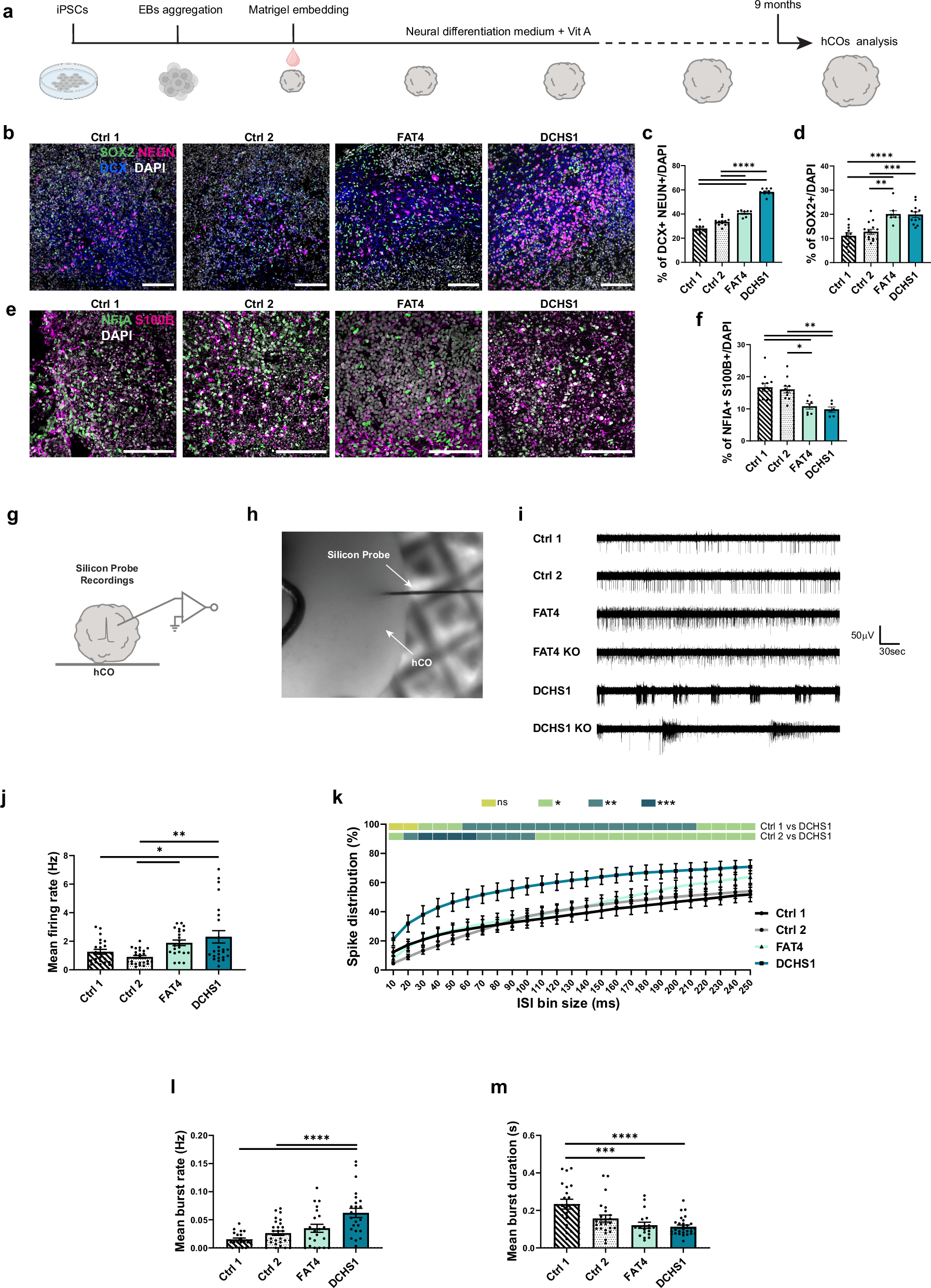2025-02-21 バッファロー大学(UB)
<関連情報>
- https://www.buffalo.edu/news/releases/2025/02/copd-mindfulness.html
- https://www.heartandlung.org/article/S0147-9563(24)00240-1/abstract
慢性閉塞性肺疾患(COPD)の成人におけるマインドフルネスと症状重症度の関連性 Associations between mindfulness and symptom severity among adults living with chronic obstructive pulmonary disease (COPD)
Tania T. Von Visger, Ph.D, APRN, ASTF, PCCN-K∙ Kayla Wardlaw, MSN, RN, CCRN, CNE, Ph.D. Student ∙ Chin-Shang Li, Ph.D. ∙ Yu-Ping Chang, Ph.D., R.N., FGSA, FIAAN, FAAN∙ Lea Ann Matura, Ph.D., R.N., FAAN
Heart & Lung: The Journal of Cardiopulmonary and Acute Care Published:December 13, 2024
DOI:https://doi.org/10.1016/j.hrtlng.2024.12.002
Highlights
- Adults with COPD who practiced mindfulness reported lower depressive symptoms.
- Adults with COPD who practiced mindfulness reported better symptom management.
- Differences exist in the mindfulness practice of adults with COPD based on ethnicity.
- There are phenotypic profile differences based on levels of mindfulness among adults with COPD.
Abstract
Background
Mindfulness-based interventions (MBI) benefit adults with chronic obstructive pulmonary disease (COPD) by helping them manage their symptoms and improve their quality of life. Little is known about their baseline mindfulness knowledge and practice and how these may relate to symptom management.
Objectives
To 1) compare symptom severity scores of depression, anxiety, dyspnea, fatigue, and insomnia between those who know and practice mindfulness and those who do not, and 2) construct phenotype profile characteristics of COPD patients based on their levels of mindfulness.
Methods
339 community-dwelling adults (mean age 53.43±13.48 years, 61.28 % male, and 48.21 % White) completed an online cross-sectional survey study indicating their mindfulness knowledge, practice, level, and COPD symptom severity. After adjusting for multiple comparisons among the three groups, we used Kruskal-Wallis, Fisher’s exact, and Chi-squared tests to compare variables’ differences among these three mindfulness levels.
Results
Participants who self-identified as knowledgeable about mindfulness (n = 315) reported significantly lower severity of dyspnea and fatigue. Participants who self-identified as current practitioners of mindfulness (n = 282) reported substantially lower symptom severity. Among the different mindfulness groups, levels of phenotype profile analysis showed statistically significant differences in demographic and clinical characteristics, including depressive symptoms, age, ethnicity, education level, and years living with COPD. We found no differences in gender or disease severity levels.
Conclusions
Community-dwelling adults with COPD who practiced mindfulness reported lower symptom severity than those who did not. This suggests the potential benefits of MBI integration as a complementary health approach to symptom management. The mindfulness level phenotype profile is critical to tailoring MBIs. It can guide the design and delivery of MBIs with optimal feasibility, acceptability, effectiveness, and sustained adherence for adults with COPD according to their mindfulness level profiles.



